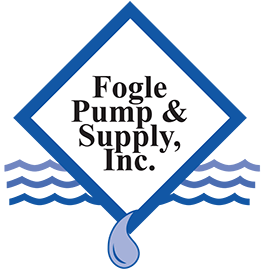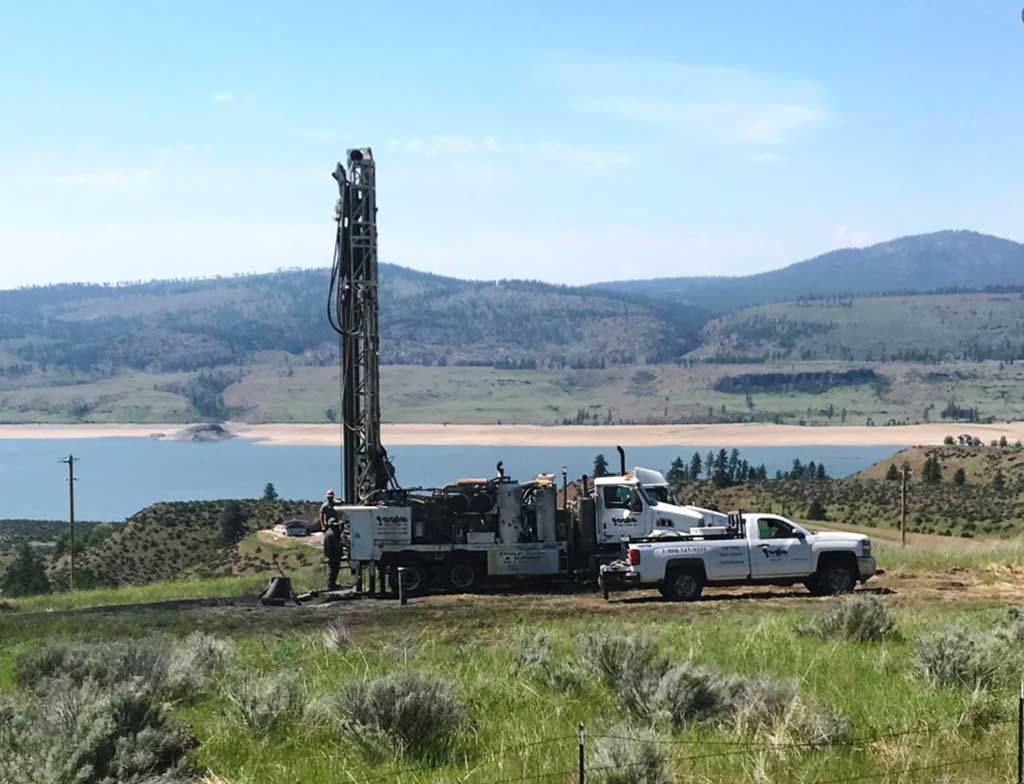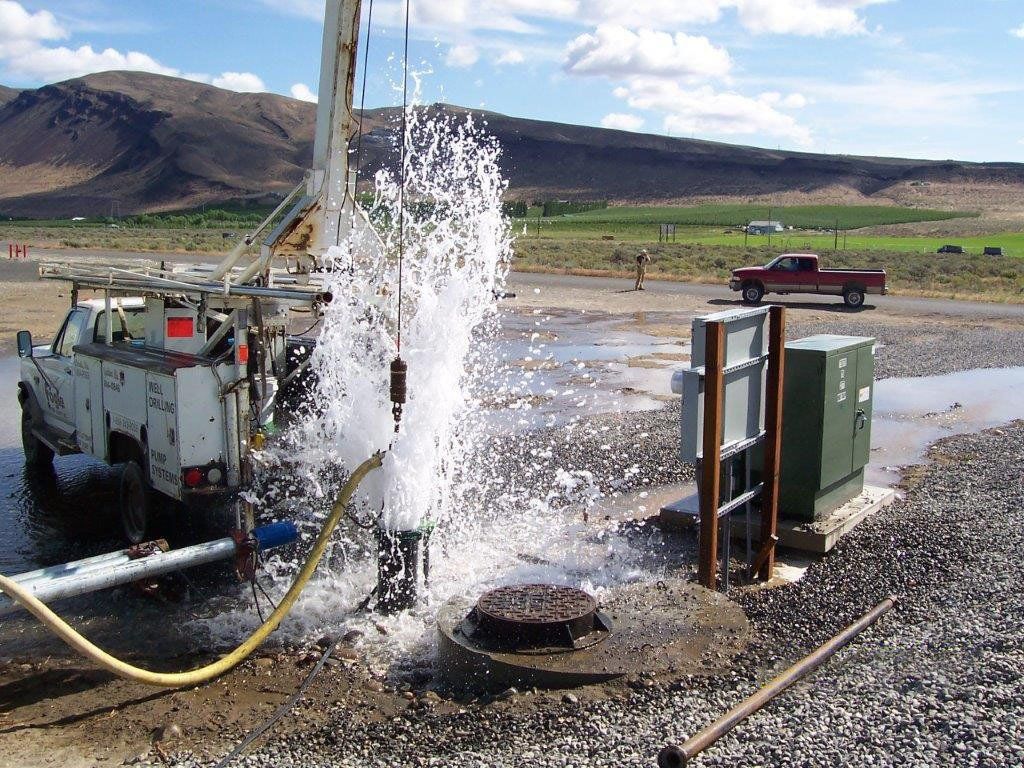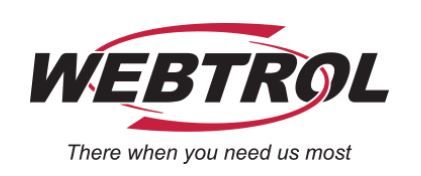Hydro-Fracturing For Low-Producing Wells
Any number of factors could cause your well to yield lower amounts of water than it should. Whatever is causing your low yield problems, Fogle Pump & Supply has the experience and the expertise to solve it. Call our team in Colville, WA, to make an appointment for a well inspection. We'll get your water back to flowing freely!
What is hydro-fracturing?
Hydro-fracturing is a relatively new process that is becoming a very popular option for those who struggle with a low yielding well. Hydro-fracturing is defined as, "pumping highly pressurized water down the well in an attempt to crack the rock formation inside and adjacent to the well." The fractures that occur in the well clear obstructions that may have previously been blocking veins of water from reaching it. One reason that Hydro-fracturing is so popular and successful is due to the fact that it is more controllable than other processes for freeing up hard-to-access water sources. Hydro-fracturing allows for "zone fracks" which enables Fogle Pump & Supply's technicians to pick the area of the bedrock with the most potential for fracturing.
Hydro-fracturing (aka "fracking") has been very successful for Colville, WA, well owners. This process can turn a dry or low-yielding well into a productive investment for the future. However, not all wells can be Hydro-fractured. Fracking is only an option if your well is primarily un-cased and in the bedrock. A minimum of 200 - 300 feet of rock is needed to work with for the best results. Due to the high pressure forced into the well, hydro-fracturing needs to take place at least 50 feet below the casing to avoid blowing out the surface seal, lifting the casing, or fracturing all the way to the surface.
Fogle Pump & Supply would be happy to take a look at your low-producing well and determine if the conditions are right for hydro-fracturing. Call out office in Colville, WA, to make an appointment.
Frequently asked questions about hydro-fracturing
Well Rehabilitation
Well rehabilitation is another option if your yield has declined over time. Some of the causes of this could be iron bacteria (rust build-up plugging screens or perforations in the casing), or mineral and scale buildup causing similar problems. A pH test and video inspection can tell us which actions need to be taken to correct the problem.
Fogle Pump & Supply can help you with your well rehabilitation and any other well related conditions. We have the expertise and the tools to help rehabilitate your well and help you build back up your yield.
Reservoir Systems
A reservoir tank is basically a timed collection system. There is no gamble with this option. It is a sure thing if your well is making .5 gallons per minute; that is 30 gallons per hour, or 360 gallons in 12 hours. While you are sleeping, at work, or otherwise not using your water, the reservoir will fill up.
A reservoir system is generally a 2,000 - 3,000 gallon cement tank that is put into the ground. The idea is that once your tank is full, it will stay full with basic household use. However, you normally cannot irrigate unless you use a drip irrigation system or other conservative measures of irrigation. A reservoir is also added protection in case of fire. Fire trucks can access the water in your tank to fight forest fires in the area.
Deepening an Existing Well
Deepening an existing well is sometimes a viable option for a low-producing well. However, many factors must be considered before Fogle Pump & Supply would recommend this. Some of the more important ones include:
- Was the well originally drilled by a licensed driller and logged properly with the Department of Ecology?
- Is there a well log available showing construction details of the well and does it meet state standards?
- Does the formation require advancing the well casing (which is not always possible)?
- What is the accessibility of the well itself?
- Is it clear of buildings?
- Is it away from power lines?
These are just a few of the questions one must ask when considering deepening an existing well.
One way that we can help you determine the best option for you and your well is to research surrounding well logs for your area. That can tell us what kind of water is in the area. For example, if your well is 200 feet deep with 2 gallons per minute (gpm) and all of the surrounding wells are 60 - 80 feet with 10 - 15 gpm, we would probably recommend drilling another well at a new location on the property. On the other hand, if your well is 200 feet with 2 gpm and your neighbors are 300 - 400 feet with 10 gpm, we would probably recommend deepening the existing well.
The best place for us to start examining the best option for you is by looking at your well log. If you don't have one, we can locate it for you. In order to do this we need to have one of the following:
- On newer wells an identification number can be found on the well itself; it is always 3 letters followed by 3 numbers. (AZT-398) It is a metal tag that should be either welded onto the casing or strapped onto the casing with a metal belt.
- The previous owners of the property that had the well drilled.
- The quarter sections (i.e. NW 1/4 of the NW 1/4) along with the Section, Township, and Range. This can be found on the deed to your home, your buyer's agreement or the property tax statement. If you have not purchased the home yet, it can be obtained by calling your realtor.
Contact Us at (800) 533-6518 to Get a Free Estimate for Your Low Producing Wells











